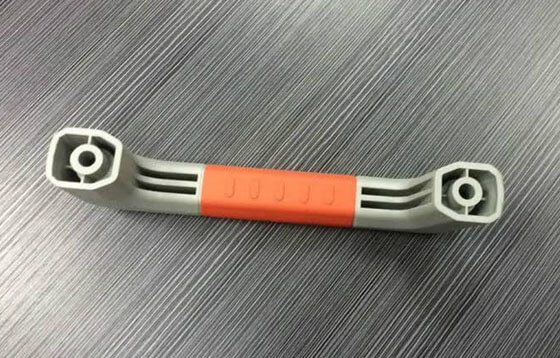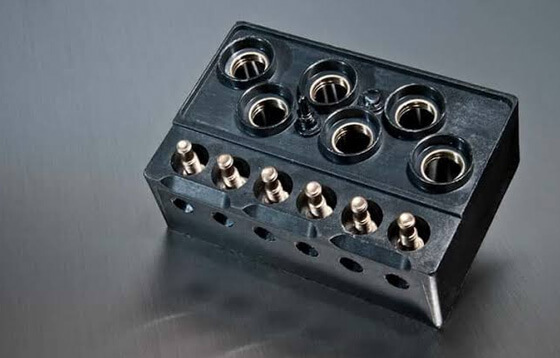Low-Volume Manufacturing and Comoros: A Global Insight into Tech Trends

In today’s rapidly evolving technological landscape, low-volume manufacturing has emerged as a game-changer for businesses worldwide. This article explores the concept of low-volume manufacturing and its impact on various industries. Additionally, it delves into the unique perspective of Comoros, an island nation in East Africa, regarding this tech trend.
The Power of HP Rapid: Revolutionizing Low-Volume Manufacturing

HP Rapid is a cutting-edge technology that has revolutionized low-volume manufacturing processes. By utilizing 3D printing techniques, this innovative approach allows manufacturers to produce small quantities of high-quality products quickly and cost-effectively.
This process involves adding an injection-molded layer of material over an existing workpiece. Known as overmolding, it enables the creation of chemically bonded parts made from multiple materials. Overmolding proves to be more economical and efficient compared to traditional methods that require separate component assembly.
Moreover, overmolding can be used to build layered parts from scratch or add a resistant outer layer to enhance durability. For instance, toothbrushes with solid plastic bodies and rubberized grips exemplify the successful application of overmolding in everyday products.
Insert Molding: Expanding Possibilities Beyond Plastics
Akin to overmolding but with broader applications beyond plastics, insert molding offers versatility in low-volume manufacturing processes. Unlike traditional injection molding where only plastic substrates are used, insert molding allows for diverse substrate materials such as metals or ceramics.
The Advantages of Low-Volume Manufacturing
Low-volume manufacturing provides numerous advantages for businesses across industries:
- Faster Time-to-Market: With rapid prototyping and shorter production cycles, low-volume manufacturing enables companies to bring products to market swiftly.
- Cost Efficiency: By eliminating the need for expensive tooling and molds associated with high-volume production, low-volume manufacturing significantly reduces upfront costs.
- Flexibility: This approach allows businesses to adapt quickly to changing market demands by producing smaller batches or customized products without incurring excessive expenses.
The Comorian Perspective on Low-Volume Manufacturing
In Comoros, a small island nation known for its rich cultural heritage and natural beauty, low-volume manufacturing has gained traction as an avenue for economic growth. The country’s unique geographical location presents challenges in terms of logistics and access to global markets. However, embracing low-volume manufacturing offers opportunities for local entrepreneurs to develop niche products tailored specifically for domestic consumption or exportation.
A Promising Future: Concluding Thoughts on Low-Volume Manufacturing
The rise of low-volume manufacturing is transforming industries worldwide by providing cost-effective solutions that cater to evolving consumer needs. As technology continues to advance, this trend will undoubtedly shape the future of production processes across various sectors. For countries like Comoros, embracing these tech trends opens doors towards economic development and increased competitiveness in the global marketplace.
Find more about HP rapid!
